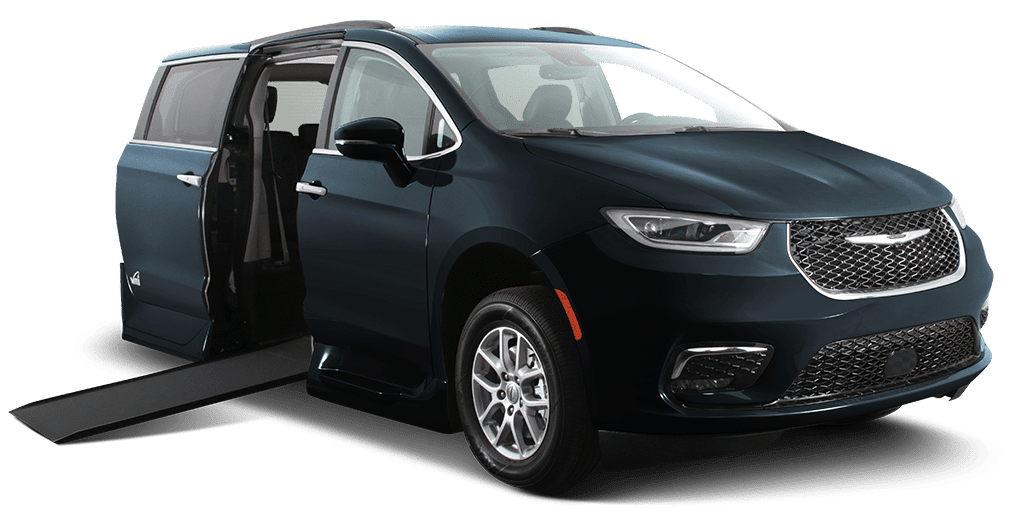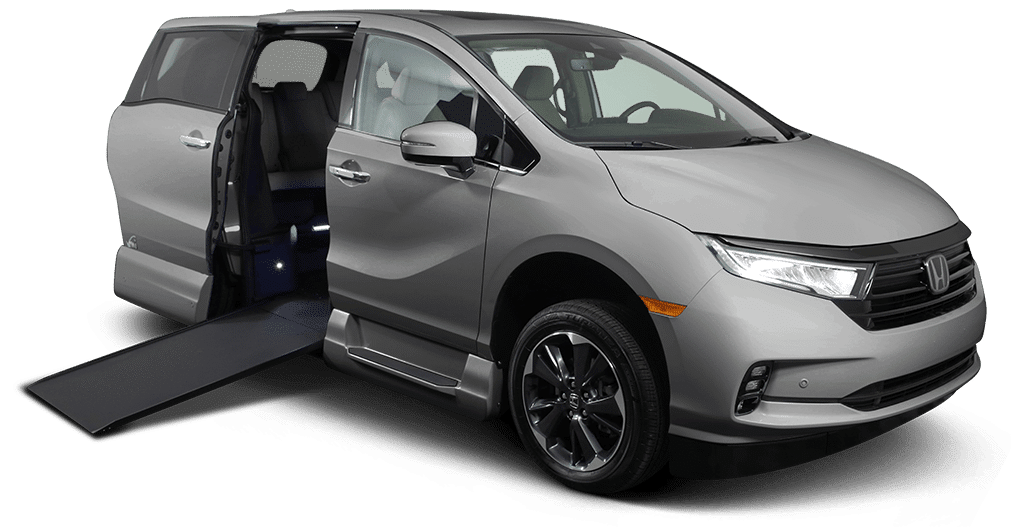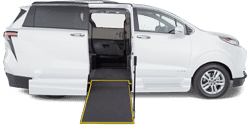Wheelchair exercise routines are a vital component in maintaining proper levels of health for people with a disability. Regular, moderate physical activity can “help improve overall health and fitness and reduces … risk for many chronic diseases,” according to the Centers for Disease Control and Prevention. Exercise is arguably more important for wheelchair users than abled-bodied people because it can help prevent common ailments such as contractures, which are tough tissue build ups under the skin that prevent range of motion, and pressure sores (also known as bedsores), which are areas of skin damage resulting from a lack of movement that can become infectious and, in some cases, fatal.
For people with disabilities, the type and intensity-level of exercise will vary individually. Kevin Kelley, a physical therapist since 1992 with a masters degree from the University of Southern California and ATC-certification from the National Athletic Trainers’ Association, has his strategy for wheelchair users’ exercise split into three main categories.
- Senior Citizens
For older patients, exercise can and often times should, be done seated to avoid a fall risk. Physical activity for this age group of wheelchair users should be implemented to maintain regular body mobility and functioning. The majority of their wheelchair exercise should be spent on cardiovascular routines with minimal strength training.
- Trauma and Spinal Cord Injury
Exercise routines for these wheelchair users will vary based on what his or her doctor allows and the severity of the injury. Cardiovascular and strength training-based activities can range from beginner level to highly advanced and athletic. It is important to note, however, that many of these patients have not always been in wheelchairs and may be sensitive to what they can and cannot do. Start with simple routines and set reasonable goals to achieve highest levels of satisfaction.
- High-level athletes in wheelchairs
Some wheelchair users are just as —if not more —capable than able-bodied persons and will have no difficulty in regular exercise. These patients will often engage in typical gym exercises with little to no help, or sometimes with the assistance of special wheelchair-accessible machines or belts, to strap them safely into the wheelchairs.
Beginning: Wheelchair Warm-Up
Warming up with proper stretches for the back, hamstrings, shoulders and arms is a key component to combatting contractures, especially in older patients, Kelley says.
Knee to Chest: Pull each knee into the chest while sitting straight to stretch the lower back region and hips.
Cross Legs: Not always thought of as an exercise, crossing one leg over the other (and vise-versa) for wheelchair users can help stretch the lower back and inner hips.
Extended Leg Toe Touch: Find a knee-level-height flat surface and place both feet atop. Reach forward to touch toes; flex both feet up toward the ceiling and flatten the back, so the nose is in between the knees for a deeper stretch. This is an intense hamstring stretch. Modifications can be made for beginners by hooking the toes in elastic bands or even canes, then pulling forward.
Bent Leg Ankle Grab: In a regular seated position, reach forward and grab both ankles to stretch the back. Consider a safety belt to avoid falling forward and out of the chair.
Arm Circles and Swings: Typical arm stretches can be done by swinging limbs front to back and rotating vertically, like a helicopter.
Arm Hangs: High-level, athletic wheelchair users capable of holding their body weight can dead hang on a pull-up bar to stretch the shoulders and alleviate pressure buildup and tension in the upper body.
At-Home Exercises
Provided by Assisteo Healthcare
Seated
Heel/Toe Raises: Start with both feet flat on the ground. Take turns lifting toes, keeping heels on the ground and then lifting heels, keeping toes on the ground.
Seated Marching: March legs by lifting and lowering each knee back and forth.
Seated-Knee Extension: Slowly extend each leg by squeezing the muscles surrounding the knee.
Ball Squeeze: Place a ball between the knees. Squeeze the ball and hold, starting with 10-second intervals, adding time as the exercise gets easier.
Elastic-Band Seated Clams: Wrap an elastic band around the knees. Keep feet on the ground and move the knees outward toward the sides of the chairs. Switch to thicker, higher-tension bands for a more intense exercise.
**Pro-Tip: Add wrist weights or ankle weights for more intensity during your wheelchair exercise routine.
With a Band
Bicep Curl: Hold the ends of an elastic band with both hands. While one hand rests atop a knee holding the band, draw the other hand up to the shoulder for a bicep curl.
Triceps: Start by holding the ends of an elastic band at your chest with both hands. One arm at a time, pull the band down to the knee to exercise the triceps.
Bilateral External Rotation: Hold the ends of a band across your mid-region while keeping elbows bent into the ribs at 90-degree angles. Pull the band in opposite directions while keeping elbows still.
Chest Press: Starting with arms bent at the sides, push the band out away from the chest and back in. Pull the band tight, and wrap it around the back of the chair for higher intensity.
Classes
Call nearby assisted living communities and local recreation centers because many host 30-minute “Sit and Fit” seated fitness classes. For the structure and guidance of a class without all the people, there are plenty of online resources and videos for persons with disabilities.
Daily Tasks Turned into Exercise
Not all exercise has to be daunting or even strenuous. Try turning simple tasks like getting around the house or strolling through town into a workout by manually pushing the chair (if chair is not electric), or detaching the foot pedals and walking the chair to the destination. If that’s too easy, add ankle and wrist weights.
Accessible Machines to Consider
Information provided by Ability 360
Wheelchair users wanting to get back in the gym should call surrounding fitness centers and ask if their machines are wheelchair accessible. Some items to look for are:
- Aerobic equipment featuring SciFit treadmills, elliptical trainers, recumbent and upright bikes, Game Cycles, Concept 2 Rowing Machines, a Marpo Kinetics Rope-Pull Trainer, a Stamina EMR rowing machine, and SciFit Upper Body Ergometers
- Free weights from 5-100 lbs., racks, and benches, Smith Machines, Magnum Fitness incline/shoulder machine, and a stretching area with medicine balls and mats
- Group Fitness Room, featuring mats, dumbbells (5-25 lbs.), Bodyblade, Heavy Bag, Stretch bands, Bosu balance trainer and kettle bells.
- Wheelchair weight scale, medicine balls
- Wheelchair Van shuttles to get to and from the gym
Emotional Barriers
People in wheelchairs often feel a loss of independence that can lead to depression, anger, frustration and more. Personal mentors, trainers and therapists can help keep them motivated and on track. Friends and family should remember to hold this person accountable for themselves and encourage his or her independence.
For safety reasons, readers interested in attaining a more active lifestyle should consult with a personal doctor to devise a sound fitness regimen.



















